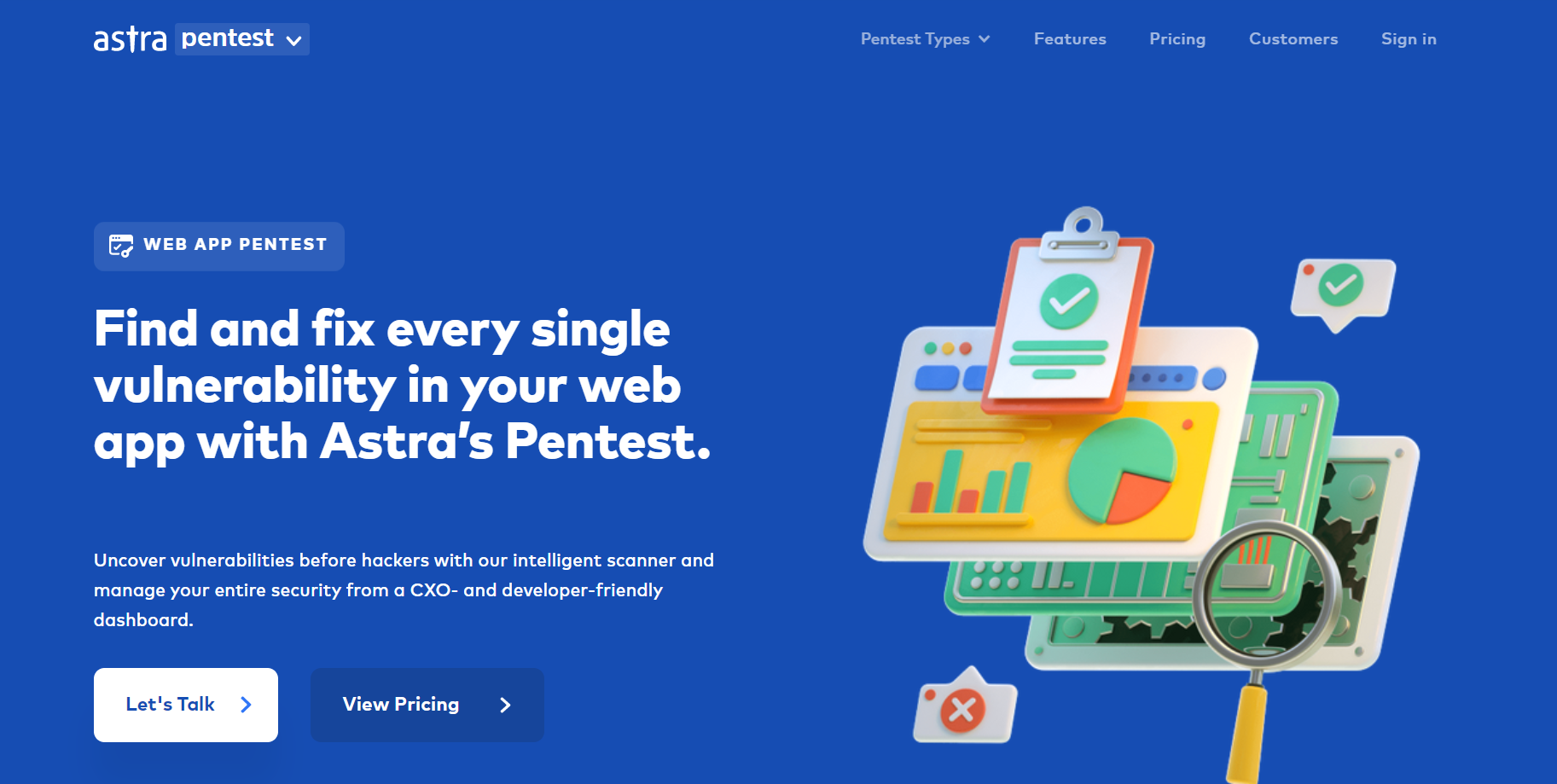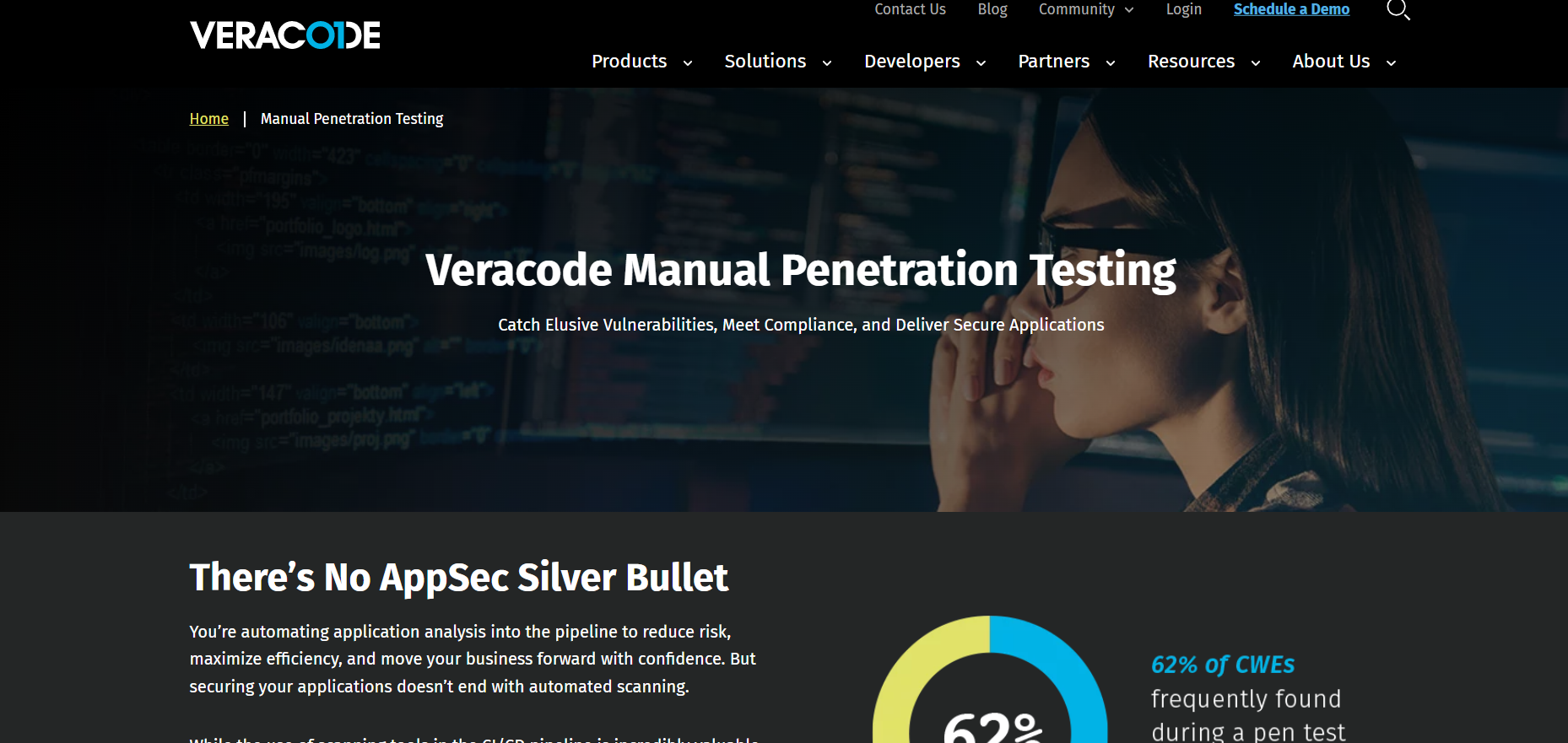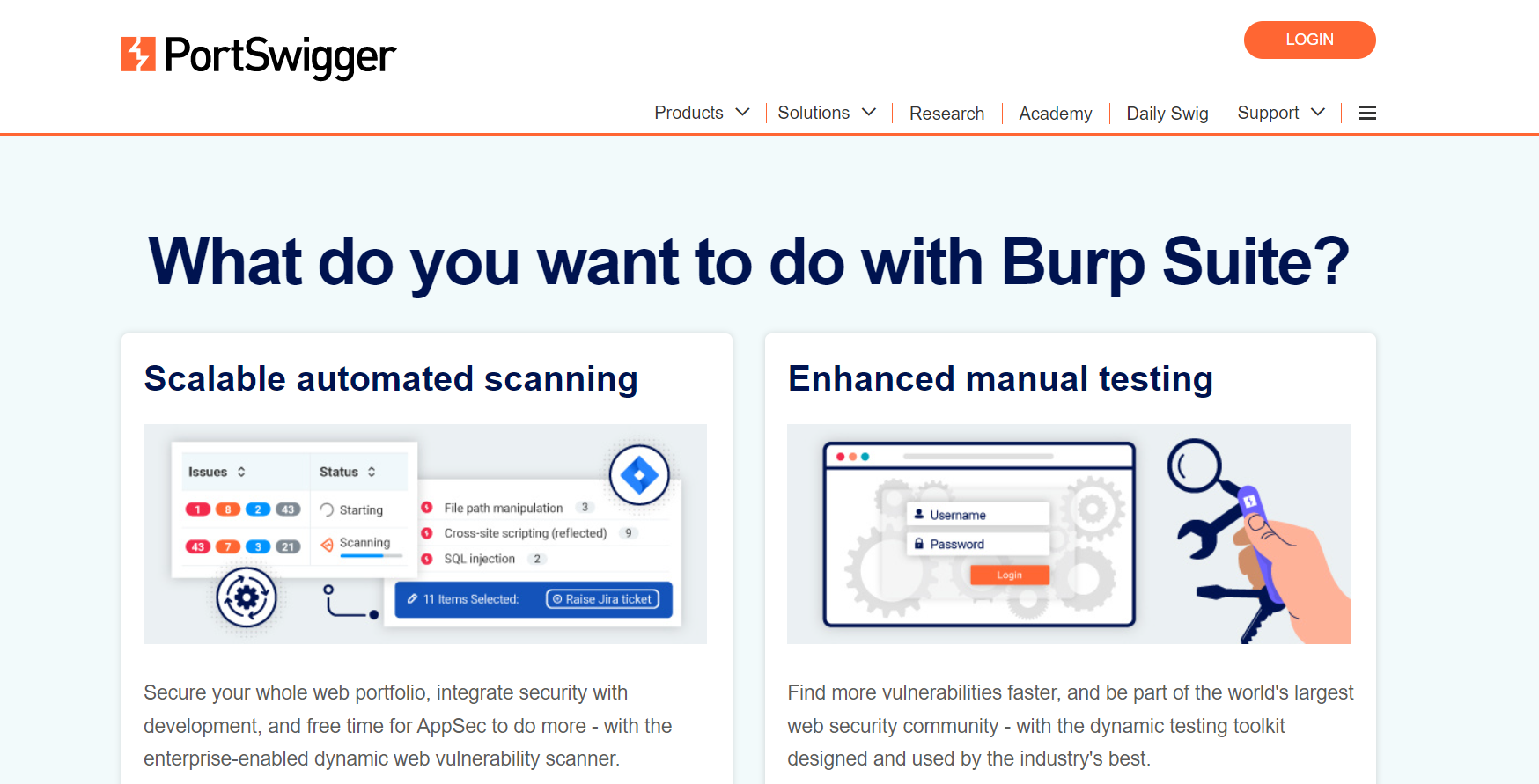Data Security Audit
Data security audits analyze the implemented security measures thoroughly to identify gaps and vulnerabilities which can then be patched. This helps in the prevention of costly and dangerous data breaches which can expose highly sensitive, confidential, and personal information about individuals, companies and their financials, and more.
Some of the top data security audit tools to consider to protect your data and strengthen its security are:
Introduction
According to Gartner, it is seen that nearly 56% of customers nowadays actively show an interest in a company’s security resilience. This recent trend is entirely due to the bloom in cybersecurity attacks and subsequent data breaches that cost numerous companies billions.
Here enters data security audit, a solution that is designed to test the solution set in place to protect organizations and their assets from cyber attacks. This makes data security audits a preventive solution that is highly cost-effective when compared to dealing with the costly blowout of a data breach.
This article will detail the top tools for data security audits, provide a checklist for data security audits, and explain the common risks and targets of a data breach.
Data Security Audit – 7-Point Checklist
Here are some of the factors to consider and check before starting a data security audit:
1. Your Requirements
Consider your requirements and reasons for conducting an external vulnerability scan. Based on the type of tests and scans you require, the package for the data security audit and its scope would to be amended.
2. Well-Defined Scope
A well-defined scope is crucial to a successful data security audit. This is because scoping is the phase during which the assets to be tested are decided. If a scope is not thoroughly defined this can affect the effectiveness of the security audit, leading to scope creeps and even legal troubles.
3. Review Access
Access mismanagement is one of the main areas that often lead to data theft and breaches. Therefore it is crucial to review the access different individuals have to confidential assets. Ensure that multifactor authentication is enabled to proactive protect one’s assets from authorized access.
4. Data Recovery Strategies
In the event of a data breach, theft, or a calamity that might affect the storage of data, the next step is to recover the data as soon as possible. Data recovery strategies often involve continuous backups which can reduce the time taken to recover from a breach or calamity.
5. Continuous Monitoring
The tool should continuously monitor and scan assets to find any hidden or new vulnerabilities that could have risen. It is also important that these scans be conducted every time an application is updated, a new feature is added or some other form of change is made.
6. Rescanning
Rescanning refers to the scanning of assets after the remediation process is completed. Rescanning helps identify if there are any further issues with regard to the security of a target and also helps analyze the effectiveness of the new security patches.
7. Staff Training
Yet another crucial factor is that all staff must undergo awareness training to ensure their knowledge of information security remains current.
They’re also encouraged to follow policies that instill habits like locking their computers when they leave their workplaces and employing a clean desk policy where any documents, USBs, or other devices containing sensitive company information are put away securely before the end of the day.
5 Best Data Security Practices
1. Encryption of data at rest and in transit
Data that is in transit can be encrypted using Transport Layer Security (TLS). Another practice that is made use of is to offer control over encryption keys so that others cannot decrypt customer data.
Ways to ensure the security of data at rest include ensuring a hierarchy of security levels with encryption on both ends and conducting audits regularly.
2. Implement access controls for required access
Ensure that access to sensitive data is limited solely to users who need them. Make sure that users should not have more access than required for the smooth running of their operations.
This is called the principle of least privilege. The access controls must be reviewed continuously in lieu of employees leaving, and newer ones joining.
3. Increase data resilience through separate backups
Increase data resilience through backups in different locations and implementing disaster recovery plans. Disaster recovery plans are documents that outline the steps to be taken in the event of a disaster, a breach, or other security incidents.
It generally contains information such as procedures for restoring systems and can help minimize the impact to ensure that your organization is able to recover in a timely manner.
4. Multifactor Authentication
Multi-factor authentication or two-factor authentication (2FA) adds an additional layer of security that can be used to protect access. With it, a user has to provide two pieces of evidence for the verification of their identity.
Implementing multifactor authentication can help to prevent unauthorized access even if a user’s password is compromised.
5. Set difficult passwords
Set passwords that are difficult to guess or brute-force through and change them regularly to avoid any password-related data risks.
Make sure that passwords are not written down in workstations where they could be accessible to anyone.
Common Risks To Data Security
1. Tampering
When data in transit and data at rest aren’t adequately protected, it can lead to hackers and malicious impersonators changing the data by adding on or deleting it. A simple example of this is the modification of a transaction amount from $10 to $100 through unauthorized interception of data in transit.
2. Theft
Data that is stored in an unsecured location or when in transit without adequate protection like encryption and or if there is a lack of sufficient protective measures for the network through which the transmission is taking place, can lead to data theft.
Unauthorized access to data through the improper placing of passwords, implementing of weak passwords, or having access that wasn’t revoked on time are some of the reasons that can result in a malicious hacker gaining unauthorized access.
4. Falsification
Malicious users falsifying information gathered from the theft of identities are prime examples of falsification. Credit card numbers and other personal information for identification are used to gain authorized access to a person with malicious intent.
Top Tools For Data Security Audit
1. Astra Pentest

One of the top-notch data security audit tools, Astra Pentest provides expert security audits with the assurance of zero false positives to find all the weak spots plaguing one’s security.
- Regular Pentests
Astra provides continuous hacker-style penetration tests to identify and exploit vulnerabilities through vulnerability scans. This helps organizations gain an in-depth understanding of how an actual hack would affect their systems, network, and data.
- Comprehensive Vulnerability Scanner
Astra Pentest provides a world-class comprehensive vulnerability scanner that is capable of finding vulnerabilities using NIST and OWASP methodologies. These vulnerabilities are identified based on known CVEs, OWASP Top 10, SANS 25, and intel from various reliable sources.
- Easy-To-Navigate Dashboard
With total ease of use and navigation, Astra’s dashboards win customers over with their great user experience. The dashboard displays the vulnerabilities found in real-time with the severity scores and provides an option of collaboration with the target’s development time for quicker smoother patching.
- Maintain Compliance
Astra helps maintain compliance with its compliance-specific scans for regulatory standards like PCI-DSS, SOC2, GDPR, ISO 27001, and HIPAA. Compliance scanning has a dashboard dedicated to it.
- Detailed Reports
Well-detailed reports are yet another alluring feature of Astra’s penetration testing services. These reports have the scope of testing explained, vulnerabilities found on scanning, methods employed for exploitation of vulnerabilities, and the damages and information revealed from exploiting them as well.
Based on this, the report also mentions the CVSS scores for these vulnerabilities and well the detailed steps to take to patch them up. These reports are extremely useful for organizations when it comes to patching, or for documenting purposes for an audit.
- Pentest Certificate
Astra pentest certificate is a must-have and is only provided to customers who patch all the vulnerabilities found in the security weaknesses audit and obtain a rescan to ensure that there are no further vulnerabilities.
This certificate is publicly verifiable and can be displayed on customer websites to showcase its reliability and security-conscious nature. This brings about more customers who trust the services offered by your network.
- 24*7 Customer Care
Astra provides 24*7 expert assistance to its customers through e-mails, phone calls, and even the dashboard. Customers can touch with any queries they have regarding any vulnerabilities within the reply box under every vulnerability detected.
- Zero False Positive
Zero false positives are a sure thing with Astra’s thorough vetting which is done by expert pentesters based on the automated pentest results obtained. This double-checking, therefore, ensures that the customers don’t have to worry about any false positive vulnerability detection.
Pros
- Detailed and thorough reports
- Great remediation assistance
- Easy to use and navigate
- Budget-friendly
- Assures zero false positives with vetted scans.
Cons
- Could have more integrations.
- No free trial.
2. Veracode

Veracode is a dynamic data security audit solution that helps in the analysis of applications to find vulnerabilities in order to safeguard data within it. It has the capacity to run thousands of tests with a less than 1% false positive assurance rate.
It provides services like SAST, DAST, Software Composition Analysis (SCA), and penetration testing. They provide these services to detect vulnerabilities and meet compliances based on your industry like finance, retail, healthcare, and public sector.
Pros
- Offers DAST, SAST, and penetration testing services.
- Provides detailed and comprehensive reports.
- Provides automated remediation assistance.
Cons
- Zero false positives are not assured.
- Could improve its user interface
- Can be difficult for beginners.
3. Burpsuite

BurpSuite provided by Portswigger is a constantly evolving tool that provides security audits and integrations for easy ticket generation. It has a free version called the community edition as well as an advanced commercial solution, Professional Edition.
Burp Suite’s testing services help application move from DevOps to DevSecOps making their deployments much faster and more secure.
Pros
- Provides manual and advanced automated pentesting services.
- Provides step-by-step advice for every vulnerability found.
- Can crawl through complex targets with ease based on URLs and content.
Cons
- Advanced solutions are commercialized and can be expensive.
- Does not provide expert customer service and assistance.
4. Intruder

Intruder is a leading data security auditing and penetration testing provider.
It has a comprehensive security scanner that is capable of detecting flaws manually and through automated means across a whole large infrastructure.
Lots of tests are available to check for even historic vulnerabilities and new ones.
Pros
- Its interface is easy-to-use with a powerful scanner.
- Cloud-based data security audit solution.
- Provides integration opportunities with Jira, Slack, and more.
Cons
- Does not provide a zero false positive assurance.
- Reports are difficult to understand.
5. ZAP

OWASP ZAP is an open-source data security audit tool put forth by OWASP. It gives an in-depth analysis of an application’s attack surface.
Pros
- Provides both penetration testing and vulnerability assessments.
- Scans are completed quickly.
- Beginner-friendly.
Cons
- Does not provide actionable well-detailed reports.
- Limited features available compared to other options.
Steps In A Data Security Audit
1. Scope
This is the initial phase where a scope is agreed upon by the pentesters and the customer which details the number of assets to be audited, the rules of attack, and the understanding of the needs of the client.
Proper scoping is required for a thorough data security audit, to avoid scope creep and legal troubles in the future.
2. Audit
This is the second phase of the data security audit where the assets are scanned and audited for any vulnerabilities or areas of non-compliance that endanger data safety using automated security audit tools.
3. Evaluation
The vulnerabilities discovered during the data security audit are evaluated and categorized based on the severity of the threat they represent. This is done according to CVSS (Common Vulnerability Scoring System) scores in which 8-10 represents critical vulnerabilities, 5-7 medium-level vulnerabilities, and 1- 4 low-level vulnerabilities.
4. Report
Once the data security audit is completed a detailed audit report is generated for the customers to help them understand the measures taken, vulnerabilities found, remediation measures that can be opted, and help with good documentation of security.
5. Remediation
The data audit report will contain measures of remediation for the vulnerabilities found on them. These vulnerabilities are to be remediated and patched based on criticality, the ones with high criticality should be patched immediately.
What Are The Common Data Breach Targets?
The most common information that is targetted during the theft or breach of data are:
- Personal Identifiable Information (PII): This refers to personal details like date of birth, government-issued identification numbers like social security numbers, contact information, and more.
- Financial Details: This includes highly sensitive information such as credit card numbers, account details, investment details, and confidential PINs.
- Health Information: This refers to the personal health information of individuals that is stored in hospitals and other healthcare institutions like pharmaceuticals. It can also include prescriptions and treatment details.
- Legal Data: The confidentiality information and documents that relate to court cases, regulatory rulings, business acquisitions, propriety information like constituents for pharmaceuticals, and more.
Conclusion
Data security is of the utmost importance in this rapidly-paced digital world of today. Confidential, highly sensitive data is always on the move or is stored digitally so as to not leave a literal insecure paper trail.
However, with the cyber world facing as many issues, hacks, and attacks as it is now, it is prudent to regularly conduct a data security audit with the aid of tools like Astra Pentest that make the job of security easier for you. Make the choice today to secure your data for the foreseeable future.
FAQs
1. What is a data security audit?
A data security audit is the systematic evaluation of one’s assets from websites to networks and more to ensure that the information and data of the company and it’s customers are stored and transmitted safely with industry-standard security.
2. What are the different types of security audits?
The different types of security audits include penetration tests, vulnerability assessments, compliance audits, and risk assessments.
3. How is a data security audit done?
A data security audit starts with establishing a thorough scope based on which an audit is carried out, the risks identified are evaluated and a data security audit report is generated based on which remediation is carried out.
















